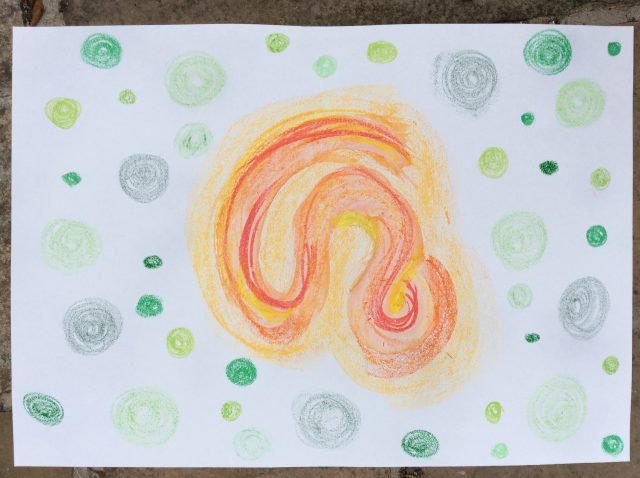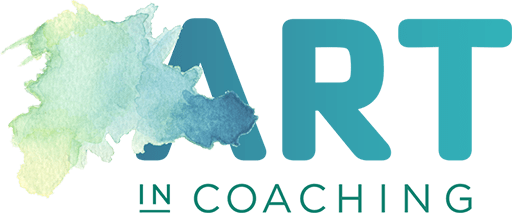We all use metaphors. We use them every day to express ourselves and there are many. Familiar ones include ‘I can see the light at the end of the tunnel’ as a metaphor for hope, ‘I can’t see the wood for the trees’ when we can’t find the meaning or answer, or ‘a light bulb moment’ as a metaphor for a flash of insight!
We use metaphor to express our experience as a whole and how we feel about it, using a word or phrase that describes the entirety of our experience or idea. Metaphor is the language of the right hemisphere and its ability to see and perceive experience as a whole. (This is explored further is Working with whole, as it really is in all its complexity.)
Metaphor allows us to create verbally an image of what we are feeling and experiencing, conveying a depth of feeling and complexity that helps us make sense of the world – helping others understand us, and for us to understand them. McGilchrist says that metaphor gives us the link between language and the world it refers to; that ‘it can reach outside the system of signs to life itself.’
Metaphor and coaching with art
Metaphor is essential in coaching, offering clients a way of expressing themselves when struggling to find the words or grasp the situation. The imagery conjured up in a metaphor is figurative; it is an image of something we know and can visualise. For example, ‘I feel as though I have the world on my shoulders’ conjures up a ‘real’ image of things we know – a person, a heavy load. When coaching with art I have noticed that although, by its very process, it works in a metaphorical way, it can go far beyond the verbal figurative metaphor.
When coaching with art the imagery created can come from a metaphorical guided exercise, however most of the time I create a space for a client’s own image to emerge that has meaning to them. These images aren’t just representational, they can be very abstract and often the more abstract they are the richer they become.

Here the metaphor isn’t just the image, it is everything about the image. The colours, the relationships between forms, the forms themselves as well as other aspects of the image such as texture, the weight of the marks made, the materials used and so on.
The language of the image is also the language that most often gets used when referring back to an image, to a session, to an insight, because it captures the entire meaning. Working this way removes any pressure to have to analyse and explain what the image means. The language of the image is enough for the client to ‘get’ what it means and for both coach and client to understand each other.
An example
A great example of this was in my second coaching session with Sam, which I included in Coaching Beyond Words – Using Art to Deepen and Enrich Our Conversations, 2019 Routledge. The following is an extract from the book (Chapter 4 page 28).
 ‘In Sam’s second session she had wanted to capture the image of a slinky toy, but had unconsciously drawn a curl. Sam say’s about this image – ‘What I have drawn to represent me is a blonde curl and the curl is very clearly a metaphor for my ‘otherness’…we spoke about the size, shape and colours of the curl: The fact that the colours are bright, strong and multi-dimensional, and that towards the end I added some flashes of a bright yellow in spaces that had been darker earlier in the evolution of the image…although not entirely round, the image of the curl is round in shape, with soft borders.’
‘In Sam’s second session she had wanted to capture the image of a slinky toy, but had unconsciously drawn a curl. Sam say’s about this image – ‘What I have drawn to represent me is a blonde curl and the curl is very clearly a metaphor for my ‘otherness’…we spoke about the size, shape and colours of the curl: The fact that the colours are bright, strong and multi-dimensional, and that towards the end I added some flashes of a bright yellow in spaces that had been darker earlier in the evolution of the image…although not entirely round, the image of the curl is round in shape, with soft borders.’
Sam talked about the complexity of her feelings and of being a mix of contradictions. This was represented in her image through the different textures of paint and pastels and the different colours that Sam has used. Sam described the orange as bright, unusual, warm and playful and the pink as warmer; stating that this (all the colours and the curl) represented her.’
Coaching with art works very closely with the right hemisphere’s capacity for metaphorical thinking and goes deeper.
References
McGilchrist, The Master and His Emissary, 2007 Yale (pages 115 – 118)
Sheather, Coaching Beyond Words – Using Art to Deepen and Enrich Our Conversations, 2019 Routledge (Chapter 4 Art and the brain hemispheres)

